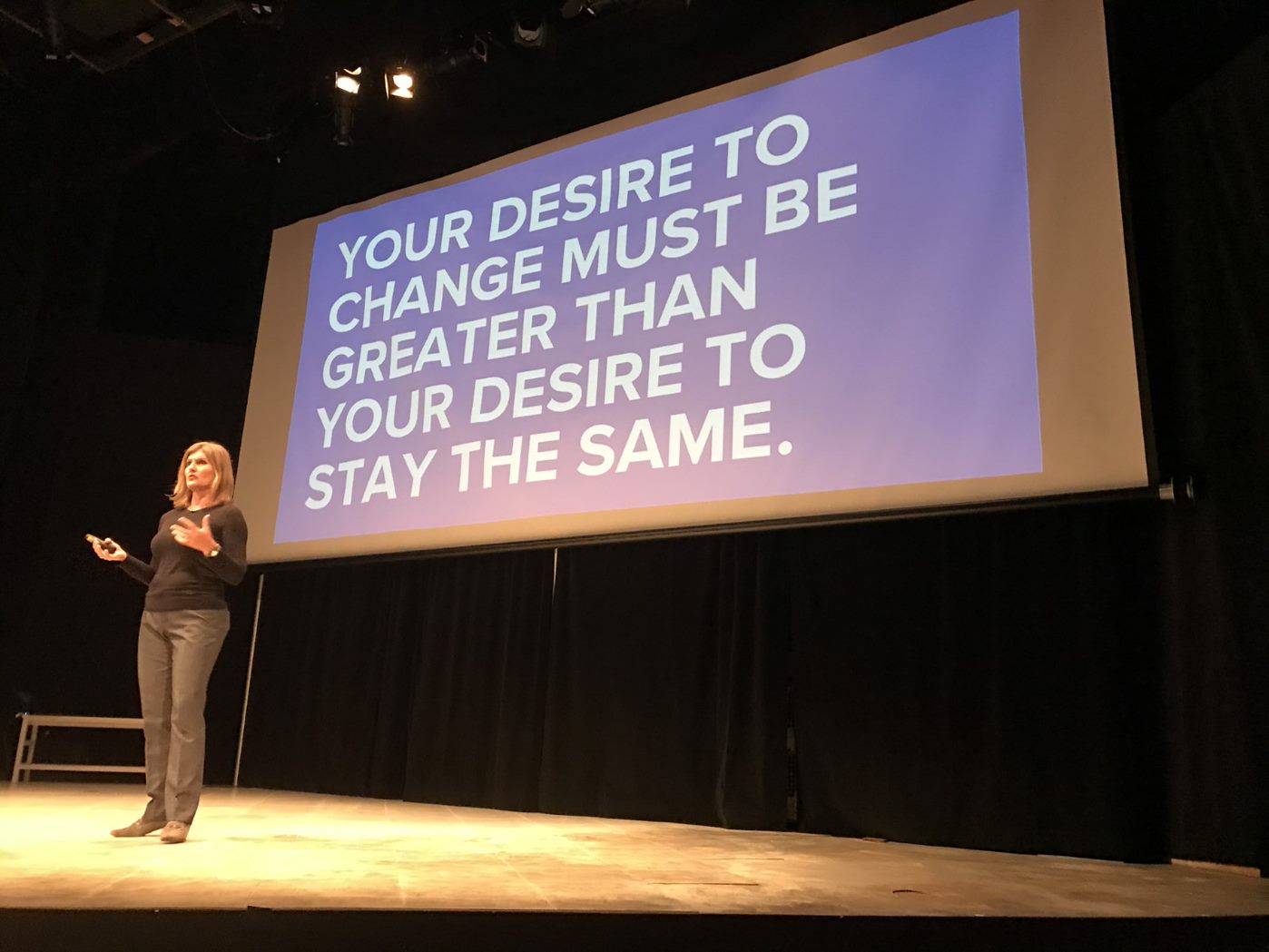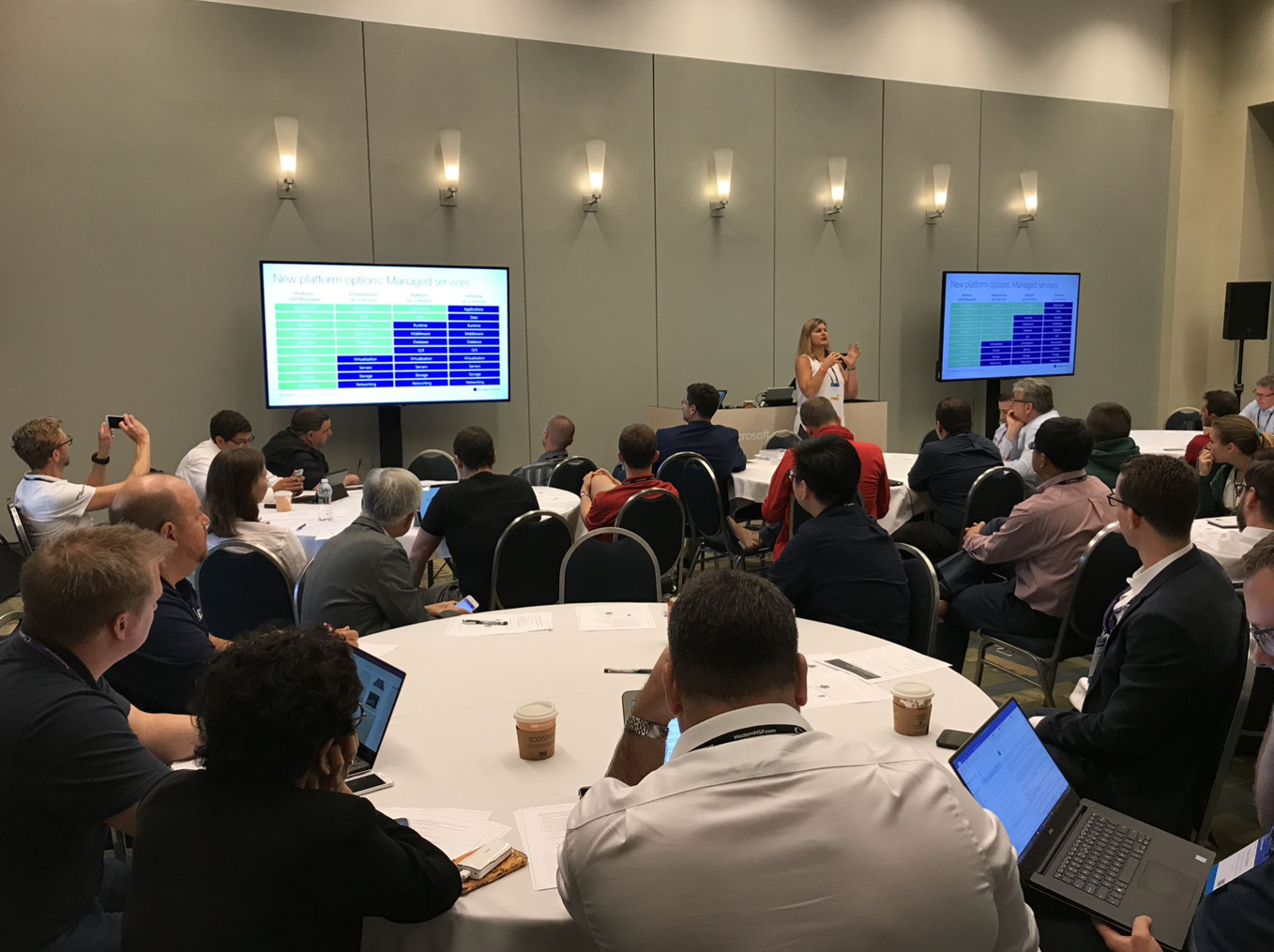

Abstract
We analysed the content of 538 website images used on the home pages of the top 50 technology companies in the U.S. Our data revealed that 81% of the images are non-human and non-emotional. This indicates technology marketers have fallen prey to an industry status quo bias. They are predominantly using photos of products, screen shots, icons, inanimate objects and other unemotional images when seeking to attract buyer interest online, thereby reducing the engagement effectiveness of their marketing.
Short background on scientific validity of the idea
Eye tracking studies conducted by researchers including Nielsen Norman Group, with a sample of 300 participants, demonstrate that stock photos aren’t as visually engaging as human photos. Our visual processing system processes emotional and non-emotional images differently, this has been widely discussed by Schneider and Shiffrin (1977) as well as Kahneman (2003). Bakhshi, Shamma, Gilbert (2014) indicated that faces increase like and comments on social media posts by 38%. According to Frank & Stennett (2001), facial expressions are among the most important aspects of human communication. A status quo bias is evident when people prefer that things stay the same, or they stick with decisions made previously (Samuelson, & Zeckhauser, 1988). Our research study aimed to test our hypothesis that there is a conditioned status quo bias by high technology marketers towards using non emotional product images over emotional human images when engaging audiences online.
We captured screen shots and analyzed the content of 538 images from the home pages of 50 of the top U.S. technology publishers. WE manually coded and organized the image content into 7 categories, the data supported our hypothesis and revealed the following:
|
Human face, smiling |
6% |
|
Full human smiling |
3% |
|
Human face, not smiling |
2% |
|
Human no face, not smiling |
8% |
|
General inanimate/scene no humans |
34% |
|
Computer, mobile phone, screen shot |
9% |
|
Icons/infographic |
38% |
What can you learn?
- How to increase the emotional engagement level of their website/digital marketing.
- Discover if they are subject to a status quo bias which might be subconsciously influencing the images they choose in their digital marketing, thereby limiting their ability to engage their online audience.
- A new measure by which they can assess their website effectiveness.
- How to create a competitive advantage or increase emotional differentiation from standard websites.
Bio
Sharka Chobot (Stuyt) teaches behavioral science at the University of British Columbia and Capilano University in Canada. She is the Chief Transformation Officer at Neural Impact, where she applies research from behavioral economics, neuroscience and media psychology to help technology providers develop an effective customer acquisition and go to market strategy. Over the past 30 years she has worked with a number of leading technology companies including Microsoft, as a senior leader, board member, executive coach or consultant. Working across six continents Sharka assists these companies develop their cloud product, packaging, pricing, and digital marketing strategy and to accelerate their business transformation from a tradition on premise organization to a new modern cloud and Software as a Service (SaaS) based one. She also was the creator of the Customer Relationship Management (CRM) software product category in 1996.
